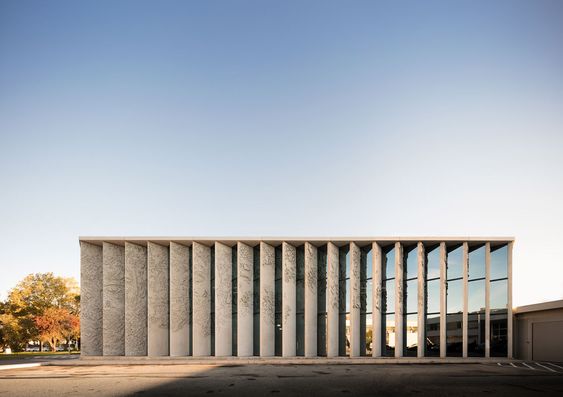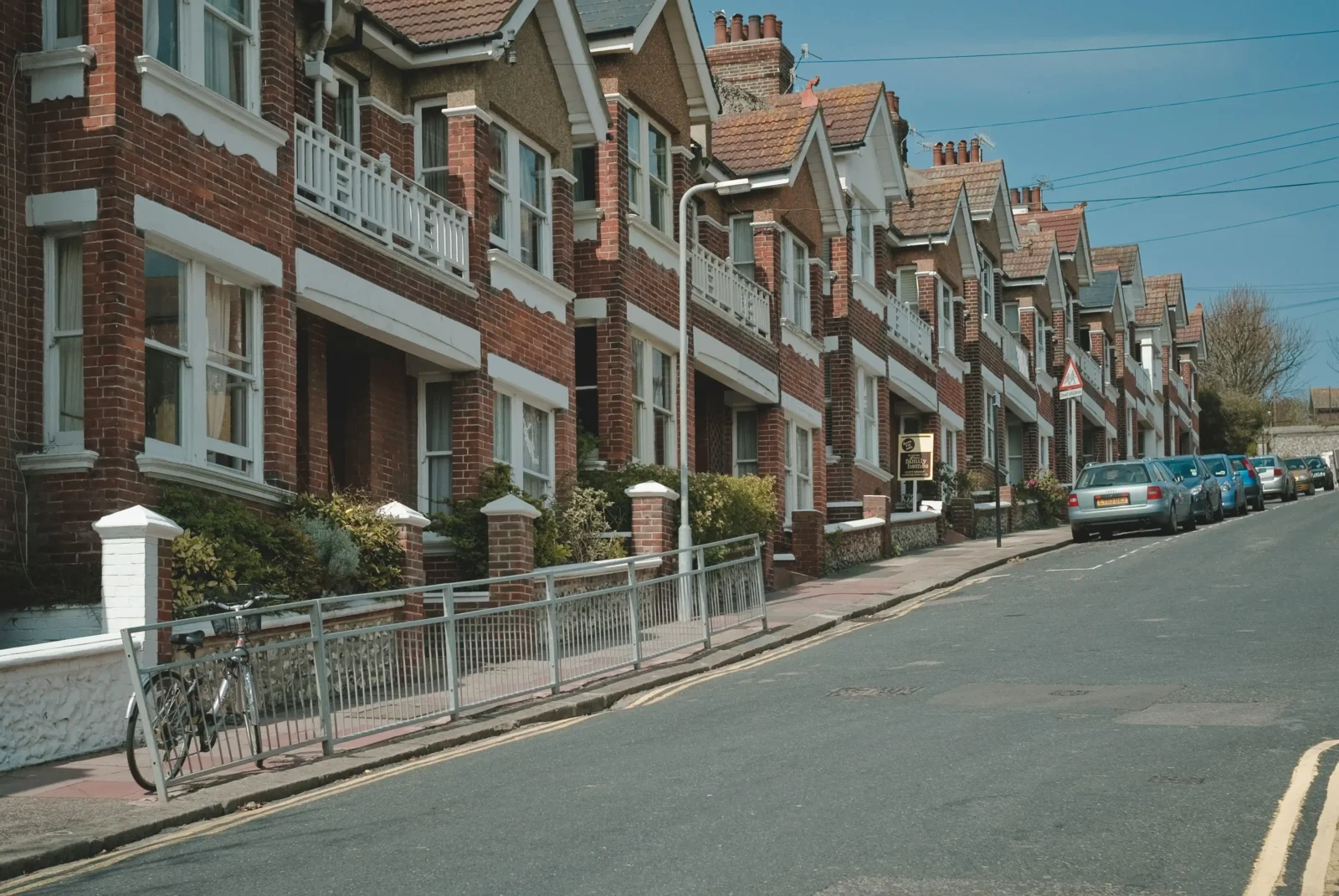- Home
- Articles
- Architectural Portfolio
- Architectral Presentation
- Inspirational Stories
- Architecture News
- Visualization
- BIM Industry
- Facade Design
- Parametric Design
- Career
- Landscape Architecture
- Construction
- Artificial Intelligence
- Sketching
- Design Softwares
- Diagrams
- Writing
- Architectural Tips
- Sustainability
- Courses
- Concept
- Technology
- History & Heritage
- Future of Architecture
- Guides & How-To
- Art & Culture
- Projects
- Interior Design
- Competitions
- Jobs
- Store
- Tools
- More
- Home
- Articles
- Architectural Portfolio
- Architectral Presentation
- Inspirational Stories
- Architecture News
- Visualization
- BIM Industry
- Facade Design
- Parametric Design
- Career
- Landscape Architecture
- Construction
- Artificial Intelligence
- Sketching
- Design Softwares
- Diagrams
- Writing
- Architectural Tips
- Sustainability
- Courses
- Concept
- Technology
- History & Heritage
- Future of Architecture
- Guides & How-To
- Art & Culture
- Projects
- Interior Design
- Competitions
- Jobs
- Store
- Tools
- More

When somebody calls something as a ‘ transparent ’, what comes into your mind ? Opacity? Something, you can see the other side of it? Today, I am going to talk about transparency in architecture.
When I say transparency in architecture it means not only buildings are built with glass of course. But what does it mean to you?
As far as I am concerned you don’t have to use glass or materials like that to make some place or building transparent. You can give that transparency with wooden sticks, maybe bricks …etc. But how?
Imagine a wall, it can be concrete. – Also will be easy to understand, because everyone knows that concrete is not transparent at all – So, instead of building some concrete wall, think that you divide that wall into shapes or pieces. Now, you are transforming it to light material. It doesn’t seem like a huge, strict concrete wall anymore.
In the photo below, you can see the concrete façade. I want you to pay attention to thickness changing and its effect. On the left side of the façade, the concrete panel is so thick, so heavy. Then, it is getting thinner and transparent.

Also in second picture, you can see how material and density affect. The function is a wall, a separator. If you imagine that also you can change the density of the sticks, like a rhythm, it becomes more transparent then you see.

You can also think about meshes, to make a place or a building transparent. However again, density and material thickness matter.


Last but not least, semi transparency. I want to show you some examples with the first idea that comes into our minds, also the most common one, using translucent glass – plank as a material.

As you can see, with the light, the result is impressive.
I tried to explain transparency in architecture in a basic way. If you are interested in it and want to learn more about transparency, I recommend you to read ‘ Transparency ‘ book which is written by Colin Rowe and Robert Slutzky. You can find in that link : Download
Submit your architectural projects
Follow these steps for submission your project. Submission FormLatest Posts
Online 3D Terrain Mapping Tools for Urban and Landscape Design in 2025
A curated guide to the best online 3D terrain mapping tools in...
10 Interesting Facts About Zaha Hadid
Zaha Hadid was a visionary architect whose fluid forms, bold experimentation, and...
Common Emergency Repairs Every Homeowner Should Be Ready For
For most of us, when something goes wrong, we have a propensity...
Designing, Retrofitting, and Valuing Non-Standard Homes in Britain
Britain’s housing stock carries a quiet contradiction. From the street, many homes...


















Leave a comment